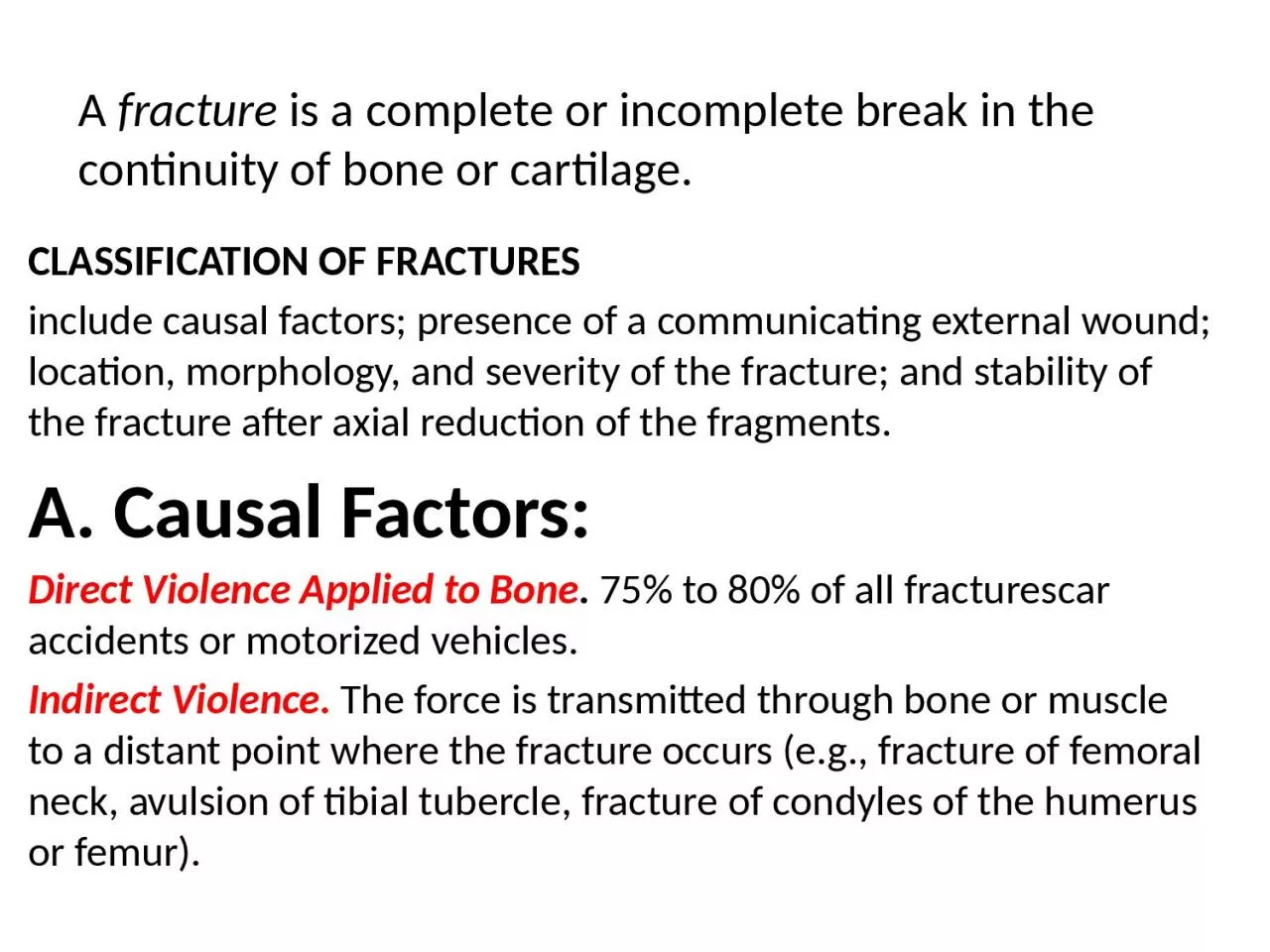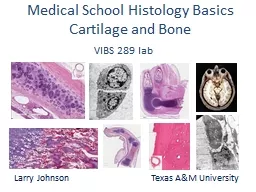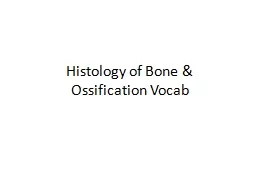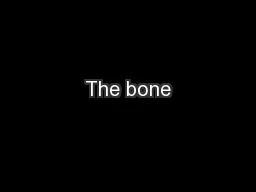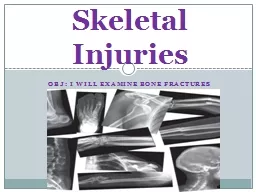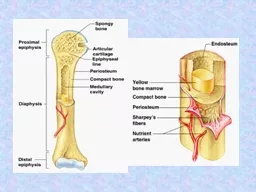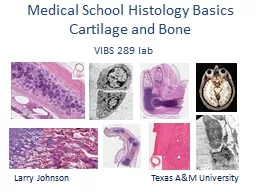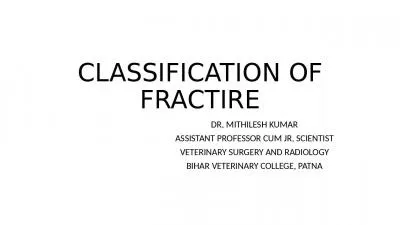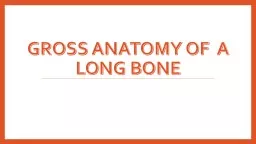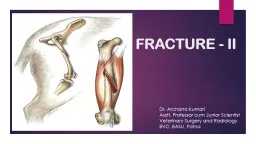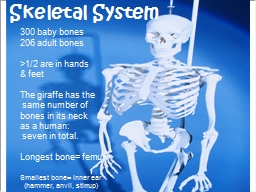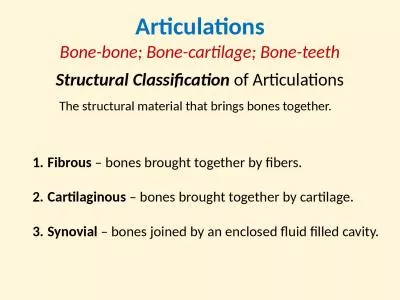PPT-A fracture is a complete or incomplete break in the continuity of bone or cartilage.
Author : naomi | Published Date : 2023-07-17
CLASSIFICATION OF FRACTURES include causal factors presence of a communicating external wound location morphology and severity of the fracture and stability
Presentation Embed Code
Download Presentation
Download Presentation The PPT/PDF document "A fracture is a complete or incomplete..." is the property of its rightful owner. Permission is granted to download and print the materials on this website for personal, non-commercial use only, and to display it on your personal computer provided you do not modify the materials and that you retain all copyright notices contained in the materials. By downloading content from our website, you accept the terms of this agreement.
A fracture is a complete or incomplete break in the continuity of bone or cartilage.: Transcript
Download Rules Of Document
"A fracture is a complete or incomplete break in the continuity of bone or cartilage."The content belongs to its owner. You may download and print it for personal use, without modification, and keep all copyright notices. By downloading, you agree to these terms.
Related Documents

